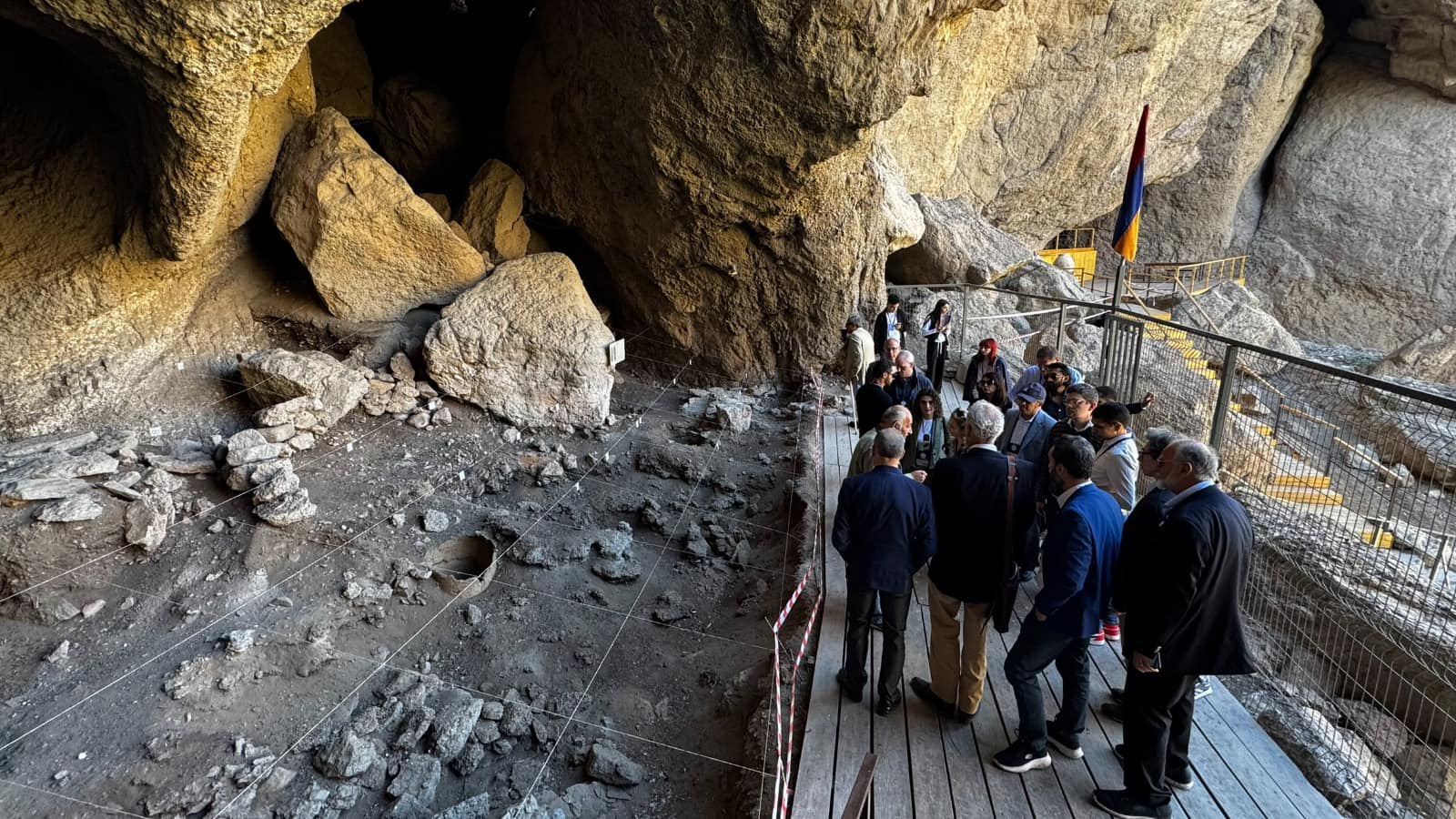On the fourth day of the Americas Competitiveness Exchange (ACE) Armenia Program, the delegation explored the rich history and promising future of Armenia’s winemaking tradition. From ancient caves to cutting-edge wineries, the day’s program took participants on a journey through Armenia’s viticulture and the innovations driving its future.


The delegation’s next stop was the Areni-1 Cave that provides evidence of the world’s oldest known winery, dating back an astonishing 6,200 years. After exploring the cave, the delegation visited the nearby Noravank Monastery, a stunning example of 13th-century Armenian architecture.
Next stop was at the NOA Winery, an innovative winery that merges Armenia’s ancient winemaking traditions with modern, sustainable practices. Arsen Mkrtchyan, Executive Director of NOA Winery, delivered a presentation on the winery’s sustainability initiatives. The delegation also heard about Smithsonian Institution’s My Armenia Program, which fosters the preservation of Armenia’s cultural heritage, including its winemaking traditions.
The day concluded with a panel discussion on innovating viticulture and winemaking in response to global climate challenges and changing consumer demand. Moderated by Mariam Saghatelyan, Co-Owner of InVino, the panel brought together leaders in the Armenian wine industry, who shared their insights on the innovations that are shaping the future of Armenian winemaking and discussed opportunities for collaboration between Armenia and the Americas to drive sustainable growth in the industry.
Read also




























































